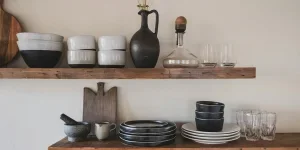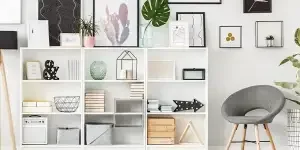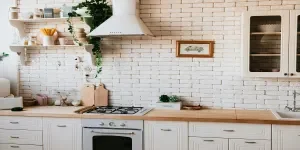Table of Contents
• Introduction
• Market overview
• Different types of wall shelves
• Things to consider when selecting products
• Conclusion
Introduction
Wall shelves are a stylish and practical solution for organizing and decorating spaces, making them essential in both residential and commercial interiors. With the rise of urbanization and compact living spaces, the demand for versatile and aesthetically pleasing shelving options is increasing. These shelves not only optimize space but also enhance the visual appeal of any environment. The market is growing rapidly, driven by trends in home decoration and the need for efficient storage solutions. As a result, businesses have a significant opportunity to meet the evolving preferences of consumers with innovative shelving designs.
Market overview
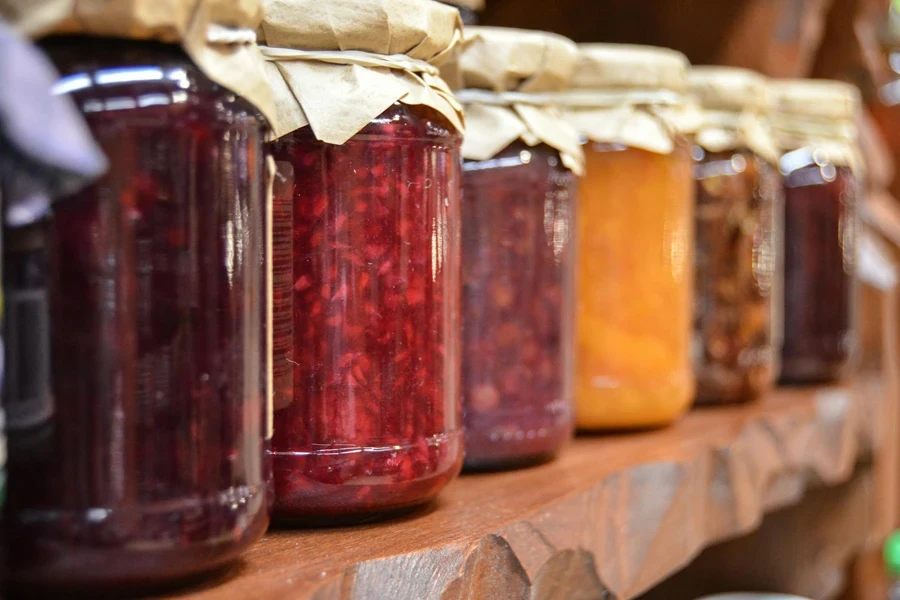
Market scale and expected growth
The global decorative shelves market was valued at $6.6 billion in 2023 and is projected to reach $12.8 billion by 2032, growing at a CAGR of 6.84%. This growth is primarily driven by the rising demand for home decoration products and the trend towards compact living spaces. Urbanization continues to increase, with the global urban population expected to grow by 1.63% annually, reaching 6.7 billion by 2050. This trend is fueling the demand for aesthetically pleasing and functional decor items like decorative shelves. Additionally, the rise in disposable incomes has allowed more individuals to invest in home improvement and interior decor, further boosting the market.
Opportunities for growth in the decorative shelves market include the expansion of e-commerce channels and the increasing focus on sustainable and eco-friendly products. The rapid growth of online retail platforms has significantly increased accessibility to a wide range of home decor products for consumers worldwide. According to UNCTAD, global e-commerce sales reached $26.7 trillion in 2019, with steady growth projected in the coming years. Additionally, there is a growing consumer preference for sustainable products, driven by environmental concerns. This trend is expected to boost the market for shelves made from renewable materials and eco-friendly manufacturing processes, providing manufacturers with new opportunities for differentiation and growth.
Different types of wall shelves
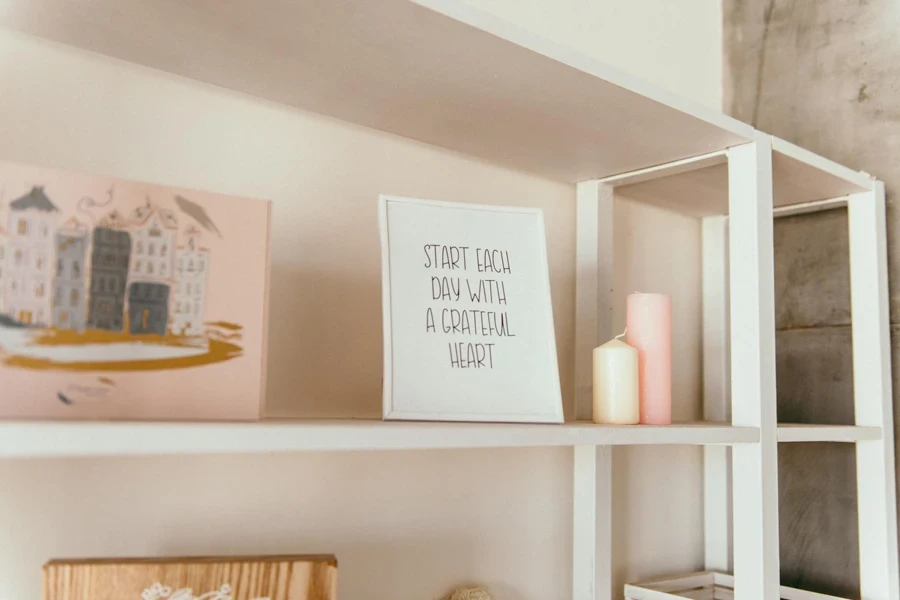
Fixed Bracket Shelves
Fixed bracket shelves are a popular choice due to their secure and sturdy nature. These shelves typically use metal brackets that are attached to wall studs, providing a high load capacity of up to 100 pounds per bracket pair. Ideal for homes with children and pets, fixed bracket shelves ensure safety and reliability. The brackets can be adjustable, allowing the shelves to be repositioned as needed. This design makes them less likely to fall or break, offering a dependable storage solution for books, kitchenware, and decorative items.
Floating Shelves
Floating shelves, characterized by their modern and minimalist design, have no visible support, creating a clean and contemporary look. These shelves use hidden brackets or mounting plates that are anchored into the wall, which can support up to 50 pounds per shelf, depending on the wall material and anchor strength. Floating shelves are ideal for displaying art, photographs, and other decorative items, providing an uncluttered appearance. They are available in various materials, including solid wood, MDF, and metal, and can be customized in length and depth to fit specific spaces.
Built-in Shelves
Built-in shelves utilize existing alcoves or nooks, providing seamless integration into the room’s architecture. These shelves can be custom-built to fit precise dimensions, making them a good choice for maximizing storage in small or uniquely shaped rooms. Built-in shelves often feature adjustable shelving heights and can support significant weight, typically around 75 pounds per shelf. They can be enhanced with additional features like integrated lighting, frames, or doors for added security and aesthetic appeal.
Hanging Shelves
Hanging shelves are a unique option, suspended on pipes, ropes, or other forms of support. These shelves add a dramatic flair to any room and vary in style from industrial to bohemian. Industrial-style hanging shelves often use metal pipes and hardwood planks, capable of supporting up to 30 pounds per shelf. In contrast, bohemian-style shelves may use lighter materials like bamboo or reclaimed wood, suitable for displaying plants and lightweight decor. The suspension systems for these shelves need to be securely anchored to ceiling joists or strong wall fixings to ensure stability.
Free-standing Shelves
Free-standing shelves offer versatility and mobility, making them suitable for various uses, from bookshelves to display units. Available in both traditional and modern designs, these shelves can support a wide range of weights, typically from 100 to 300 pounds, depending on the material and construction. Metal free-standing shelves often feature adjustable feet for stability on uneven floors, while wooden versions may include anti-tip hardware for added safety. These shelves can be easily moved and repositioned, making them ideal for flexible storage solutions.
Ladder Shelves
Ladder shelves, resembling traditional ladders, provide stability without needing to be attached to walls. These shelves are ideal for displaying items of various sizes, with the ‘rungs’ often increasing in size from top to bottom. Ladder shelves can typically support up to 20 pounds per shelf. They are made from materials like solid wood or metal and often feature a leaning design that ensures stability and ease of access. Ladder shelves offer both functionality and a stylish, minimalist aesthetic, making them suitable for various interior styles.
Open and Closed Shelves
Open and closed shelves combine open storage spaces with closed units, offering a mix of display and storage options. These shelves are often used in industrial and modern interiors, featuring metal frames and sections for concealed storage. Each shelf unit can support up to 50 pounds, with closed units providing additional security for valuable items. The combination of open and closed shelves provides flexibility, allowing for both decorative display and practical storage in various settings.
Things to consider when selecting products
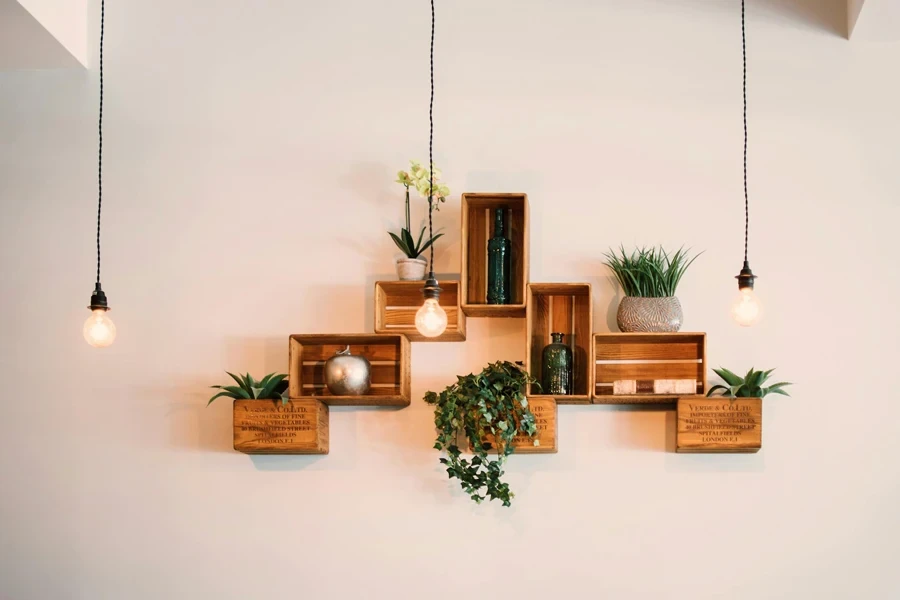
Purpose and functionality
When selecting wall shelves, it is crucial to determine their primary use, whether for decoration, display, or storage. Understanding the intended purpose will help in choosing the right type of shelf that meets specific needs. For instance, shelves intended for storage should have a high weight capacity, with some models supporting up to 100 pounds or more. Additionally, consider accessibility needs, such as the ease of reaching items on higher shelves or the stability required for frequently accessed items.
Location and environment
Assessing the intended location is essential to ensure the shelf meets environmental and usage requirements. For residential settings, shelves in bathrooms or kitchens need to be water and stain-resistant. Outdoor shelves should be weather, insect, and UV-resistant to withstand various elements. Commercial settings might require shelves that comply with local regulations and can endure heavy usage. For example, metal shelves in professional kitchens should be corrosion-resistant and easy to clean, supporting hygienic environments.
Material options
The choice of material impacts both the aesthetic appeal and functional strength of the shelves. Wood shelves, available in solid wood or engineered wood like MDF, offer a traditional look and are durable, with solid wood supporting heavier loads. Metal shelves, often made from stainless steel or aluminum, are known for their strength and low maintenance, making them suitable for both decorative and heavy-duty storage. Glass shelves add a modern touch and can support moderate weights, typically up to 50 pounds, while engineered materials like particle board provide a cost-effective option with various finishes.
Design and style
Matching the shelf design with the existing decor is vital for aesthetic coherence. Current trends include minimalist floating shelves, which provide a sleek look without visible supports, and geometric shapes that add visual interest to walls. Eco-friendly materials, such as bamboo or recycled wood, are gaining popularity for their sustainability. Consider the overall style of the space, whether it is modern, industrial, or traditional, to select shelves that complement the decor. For example, ladder shelves with a Scandinavian design offer a minimalist yet functional option.
Installation and safety
Proper installation techniques are essential, particularly for wall-mounted shelves, to ensure they are secure and safe. Wall-mounted shelves should be anchored to studs or use appropriate wall anchors to support the intended weight. In homes with children or high-traffic areas, consider safety features such as rounded edges and anti-tip hardware to prevent accidents. Free-standing shelves should have stable bases and, if tall or heavy, be secured to walls to prevent tipping. Ensuring these safety measures can prevent damage and injuries, maintaining a safe environment.
Conclusion
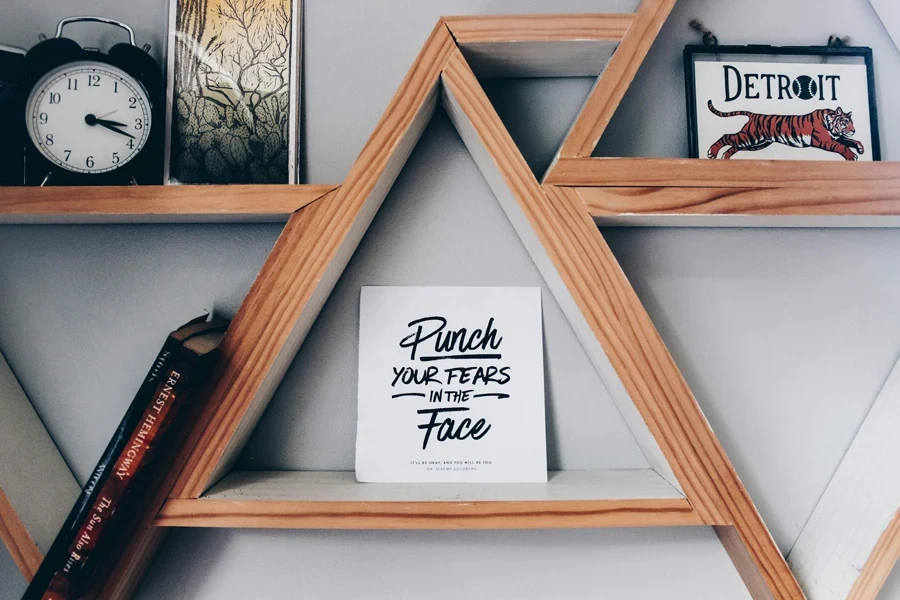
Wall shelves provide a versatile and stylish solution for enhancing and organizing any space. With a variety of types and materials available, they offer both functionality and aesthetic appeal, catering to diverse needs and preferences. Understanding market trends and key selection criteria helps in choosing the ideal shelving solutions that align with specific requirements. By considering factors such as purpose, location, material, design, and installation, businesses can effectively meet the growing demand for efficient and attractive storage options.
